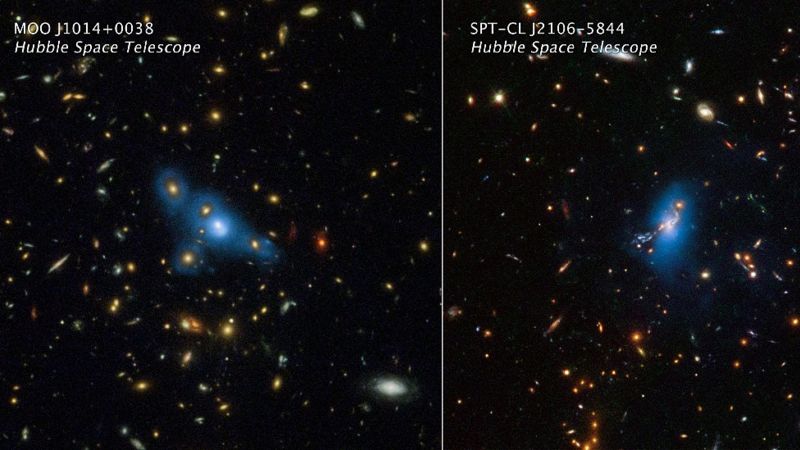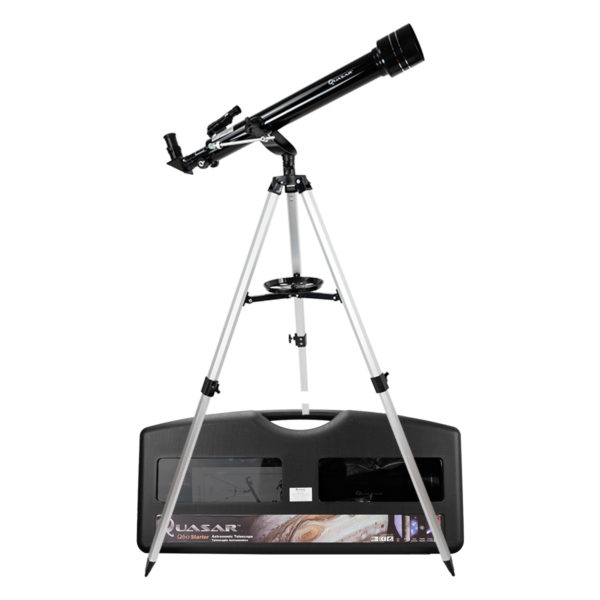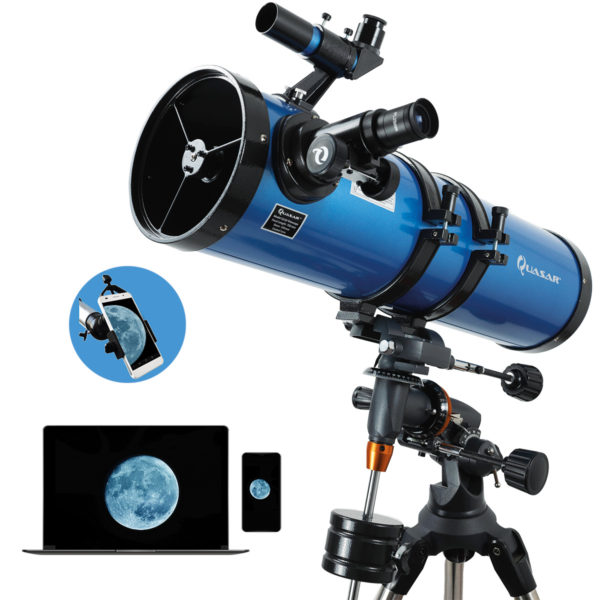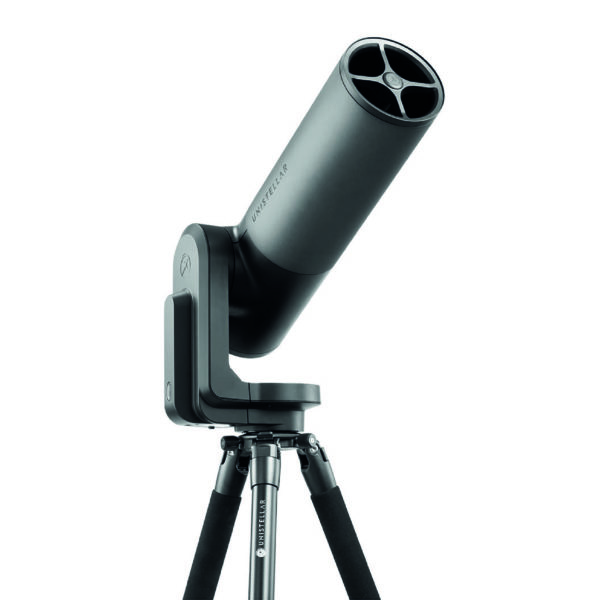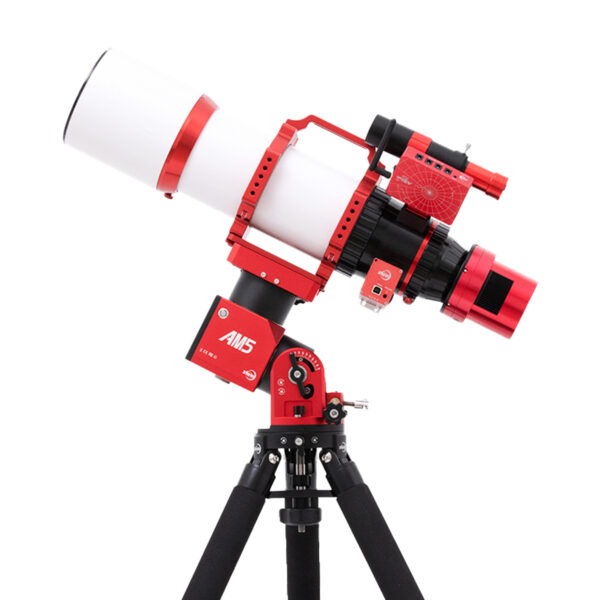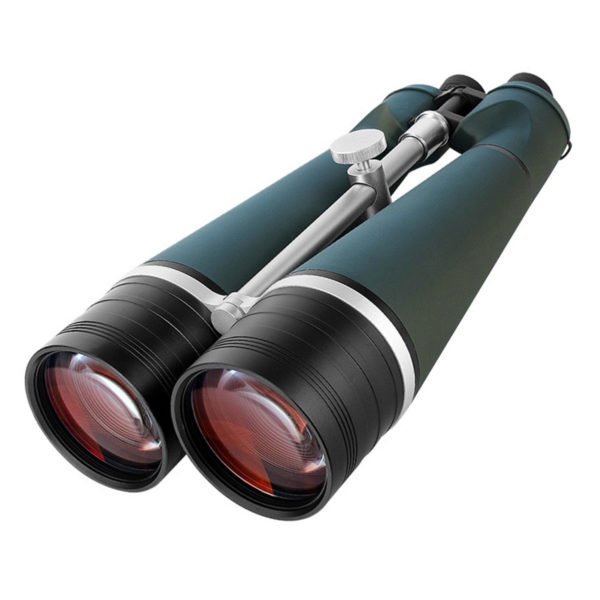Stars that are adrift in the universe, wander alone among the immensity according to NASA.
These types of stars are almost a mist, since their brightness is very dim called intracluster brightness, this type of stars do not inhabit any galaxy, any solar system, they simply wander through clusters that include thousands of galaxies and have done so for billions years, according to a study carried out with the help of the Hubble telescope.
Mireia Montes, from the Institute of Astrophysics of the Canary Islands, investigates these stars and looks for their origin, how they came to be wandering stars, it is possible that their dim brightness is due to their relationship with dark matter.
In clusters of galaxies, there can be from hundreds to thousands of stars, being so close together, gravitational interactions can tear stars from their galaxies that are literally torn from their place and end up inhabiting intergalactic space.
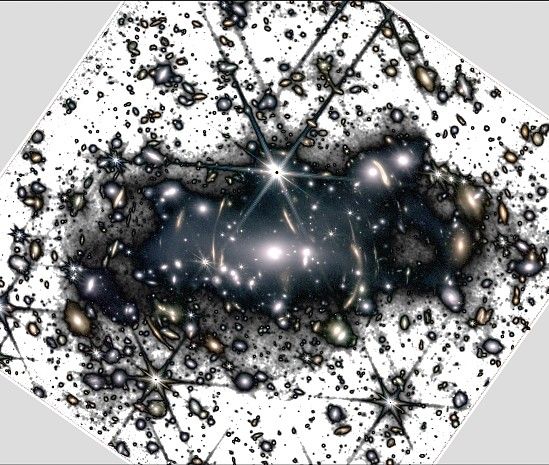
Over time, this type of interaction creates the intracellular or diffuse light that is characteristic of these stars. Most of the stars are similar to our sun. The study carried out with it included 10 clusters of galaxies at a distance of almost 10 billion light-years away, the cluster has remained constant over billions of years, and this means that these stars were left homeless in the early stages of cluster formation.
In 2019 it was shown that starlight follows the distribution of dark matter in galaxy clusters. According to Mireia, wandering stars are not linked to a galaxy, they form this diffuse light, and follow the gravity of the cluster, structures that gather 300 times more dark matter mass than star mass.
So this light seems to trace dark matter since it lives in the parts of the cluster where dark matter dominates space.
Now it is expected that James Webb can revolutionize many aspects of astronomy, in this case intracluster light, and help with the great mystery of dark matter, giving great advances to the study of these stars without a site.
